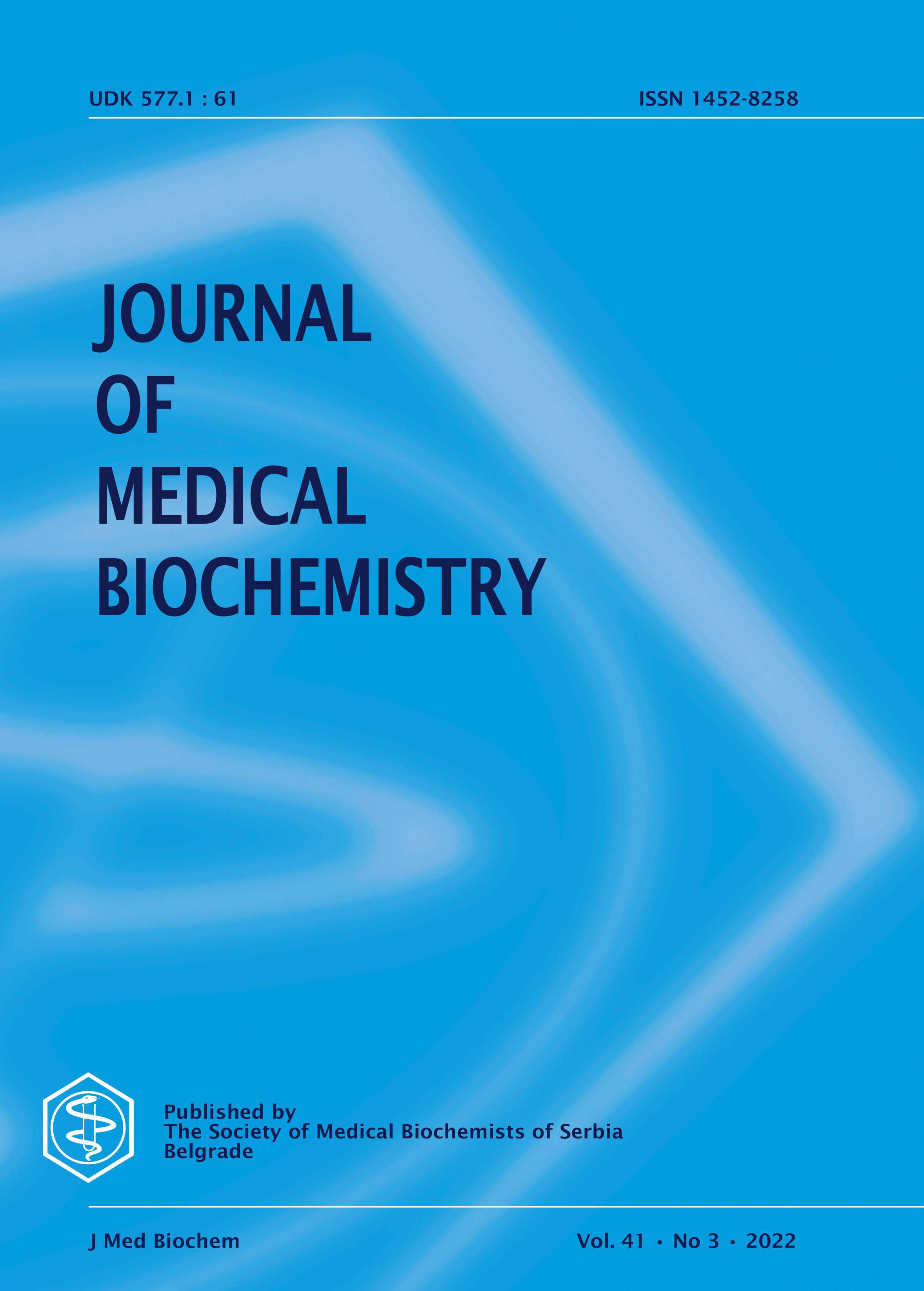Downregulation of MAPK/MAK/MRK overlapping kinase 1 in peripheral blood mononuclear cells of pediatric patients with type 1 diabetes mellitus
Abstract
Background:
Type 1 diabetes mellitus (T1DM) is one of the most common endocrine diseases in children. T-cell autoreactivity toward β-cells is controlled by significant changes in metabolism of T cells. Mammalian target of rapamycin (mTOR) is an important intracellular regulator of metabolism and cell growth. MAPK/MAK/MRK overlapping kinase 1 (MOK1) is one of the less known regulators of mTOR. We sought to investigate if MOK1 and mTOR mRNA levels in peripheral blood mononuclear cells (PBMCs) of T1DM pediatric patients are different compared to healthy subjects.
Methods:
This study included 172 adolescents with T1DM and 36 healthy adolescent volunteers designated for control group (CG). MOK1 and mTOR mRNA levels were determined in PBMCs by qPCR.
Results:
T1DM patients have significant downregulation of MOK1 mRNA levels in PBMCs compared CG (P=0.018), while there was no significant difference in mTOR mRNA levels (P=0.891). Furthermore, in T1DM patients, MOK1 significantly correlated with age, BMI, triglycerides and mTOR, while mTOR correlated significantly with BMI and systolic blood pressure. Overweight T1DM subjects had significantly lower MOK1 (P=0.034) and mTOR (P=0.017) mRNA levels, together with significantly higher levels of systolic blood pressure (P<0.001), total cholesterol (P=0.001), LDL-cholesterol (P=0.001) and CRP (P<0.001). Multivariate analysis showed that MOK1 was independently negatively associated with T1DM when adjusted for sex, age, HDL-C and CRP (OR=0.417 (95%CI: 0.175-0.997), p=0.049).
Conclusion:
Our study demonstrated for the first time that T1DM is associated with MOK1 downregulation. In addition, downregulation of both mTOR and MOK1 gene expressions was associated with cardiovascular risk factors in overweight T1DM patients.
Copyright (c) 2021 Jelena Munjas

This work is licensed under a Creative Commons Attribution 4.0 International License.
The published articles will be distributed under the Creative Commons Attribution 4.0 International License (CC BY). It is allowed to copy and redistribute the material in any medium or format, and remix, transform, and build upon it for any purpose, even commercially, as long as appropriate credit is given to the original author(s), a link to the license is provided and it is indicated if changes were made. Users are required to provide full bibliographic description of the original publication (authors, article title, journal title, volume, issue, pages), as well as its DOI code. In electronic publishing, users are also required to link the content with both the original article published in Journal of Medical Biochemistry and the licence used.
Authors are able to enter into separate, additional contractual arrangements for the non-exclusive distribution of the journal's published version of the work (e.g., post it to an institutional repository or publish it in a book), with an acknowledgement of its initial publication in this journal.

